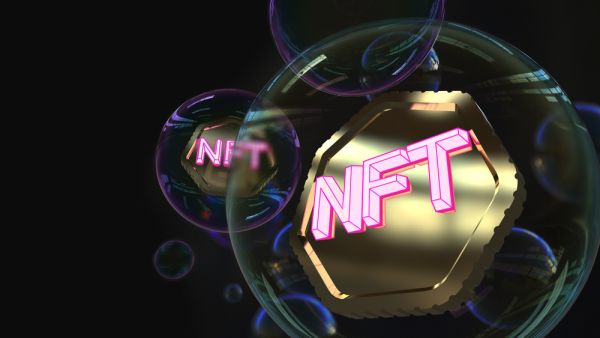ALBAWABA- Since its introduction in January 2023, Bitcoin Ordinals, a new protocol for NFTs on the Bitcoin blockchain, has swept the Web3 market. However, due to the high barriers to entry, only a small number of people currently own them. In this article, we will define Ordinals, explain how they differ from Ethereum-based NFTs, discuss their environmental impact, and highlight notable Ordinals projects.
Beta has been going extremely well!!
— Ordinal BTC (@OrdinalBTC) February 25, 2023
Devs have confirmed mainnet launch is to be on Monday?
Along with new logo, UI & UX. Site will have entire overhaul!! $oBTC #btcordinals #inscriptions #ordinalpunks $ETH $BTC #ordinalnfts #ordinals https://t.co/9DIJrtBn6h pic.twitter.com/DVCQt1c3Xu
What are Ordinals?
Ordinals are NFTs that are minted directly onto the Bitcoin blockchain by inscribing each satoshi (or sats), which are the smallest unit of Bitcoin, with data. This data can include smart contracts that enable NFTs, making Ordinals a complete digital artifact with all data inscribed directly on-chain. Currently, there are fewer than 130,000 Ordinals in existence due to the limited number of people who know how to buy and create them.

Source: Shutterstock
How are Ordinals different from Ethereum-based NFTs?
Ethereum-based NFTs often point to off-chain data on the Interplanetary File System (IPFS), which can be changed using dynamic metadata. In contrast, Ordinals are complete digital artifacts with all data inscribed directly on-chain, making them more complete than NFTs. Furthermore, NFTs often have creator royalties attached to them, whereas digital artifacts like Ordinals do not. According to Casey Rodarmor, the software engineer who launched the Ordinals protocol, an Ordinal "is intended to reflect what NFTs should be, sometimes are, and what inscriptions always are, by their very nature.
Notable Ordinals Projects:
Just weeks after the launch of the Ordinals protocol, notable projects emerged with some individual pieces selling for hundreds of thousands of dollars. One of the most notable projects is Ordinal Punks, which pays homage to CryptoPunks and is a set of 100 Bitcoin NFTs minted within the first 650 Inscriptions on the Bitcoin chain. Another project is Taproot Wizards, an Ordinal collection of hand-drawn NFT wizards created by Web3 developer Udi Wertheimer. This project is said to be the largest block and transaction in Bitcoin's history, coming in at a staggering 4MB.
In conclusion, Bitcoin Ordinals have quickly gained attention as a new protocol for NFTs on the Bitcoin blockchain, providing a complete digital artifact with all data inscribed directly on-chain. While currently, only a limited number of people own Ordinals due to the barriers to entry, notable projects like Ordinal Punks and Taproot Wizards have emerged with some individual pieces selling for hundreds of thousands of dollars. However, the environmental impact of Bitcoin's proof-of-work consensus mechanism is a concern, and the criticisms surrounding NFTs' impact on the environment are often exaggerated and lacking necessary context. Overall, Ordinals offer a unique and valuable addition to the NFT space, with their inscriptions reflecting what NFTs should be, sometimes are, and what inscriptions always are, by their very nature. It will be interesting to see how the Bitcoin Ordinals protocol develops and grows in the future, and how it will affect the larger Web3 space.







